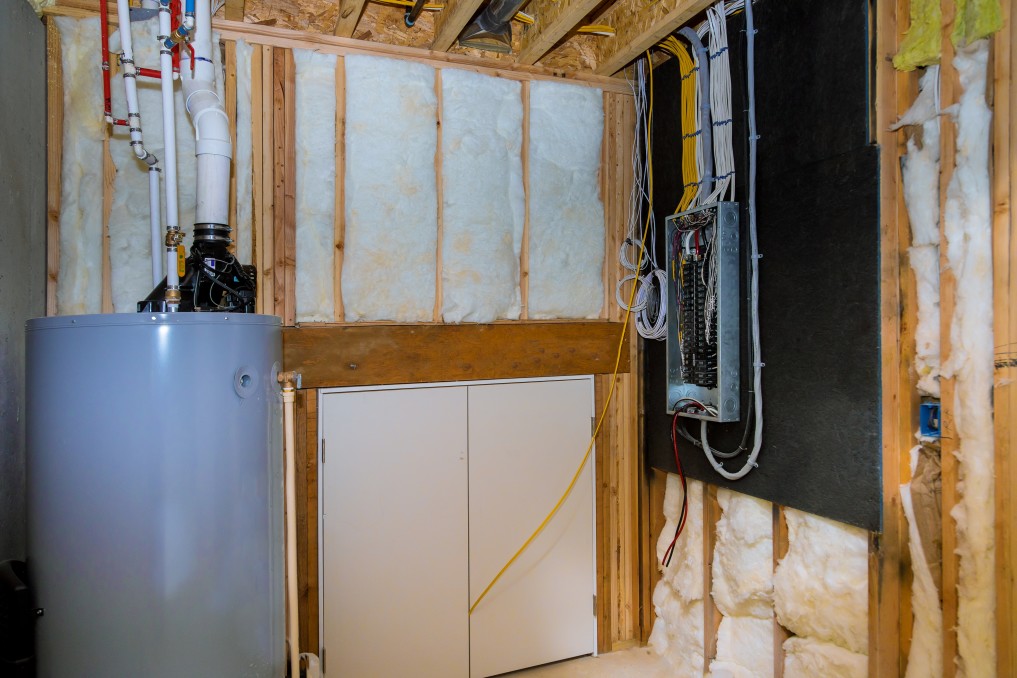When whole-home heating systems were first invented, a lack of regulation and poor knowledge of ventilation meant that furnaces and boilers were prone to unsafe operation. Carbon monoxide leaks, gas leaks and home fires were once all too common, but those days are long gone. Today’s furnaces have multiple safety switches to keep you safe—but they perform best with regular maintenance from a trained professional.
Flame Sensor
This helps to prevent gas leaks by detecting whether or not there is a flame coming from the ignition system. If no flame is detected after a certain amount of time, the gas stops flowing into the system. A faulty flame sensor may just be dirty. Oftentimes, a dirty flame sensor detects the absence of a flame even when there is one present.
Limit Switch
The limit switch is a part that stops the furnace from overheating. This switch monitors the temperature of the furnace plenum and detects when it is too high above the switch’s settings. If so, the gas valve closes. This switch is often combined with the fan switch, which turns on the fan only after the furnace has heated up (usually about 1-2 minutes after startup) and shuts the fan off after the furnace chamber has had time to cool down (another 1-2 minutes).
Flame Rollout Switch
Flame rollout may occur due to low airflow, and this could potentially cause the furnace to overheat, leading to electrical fires or even a damaged heat exchanger. The flame rollout switch breaks the circuit to the control switch which then closes the gas valve. Someone will likely have to manually reset the switch after it activates, but you will want a qualified technician to come check out the problem that causes the flame rollout anyway.
Contact APC Plumbing & Heating for furnace services in Highlands Ranch. We have someone in your neighborhood today.



